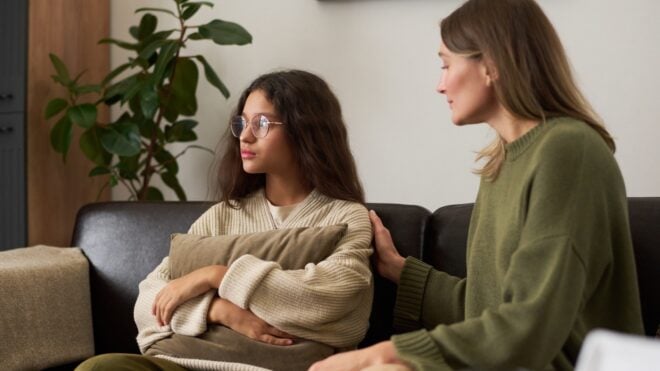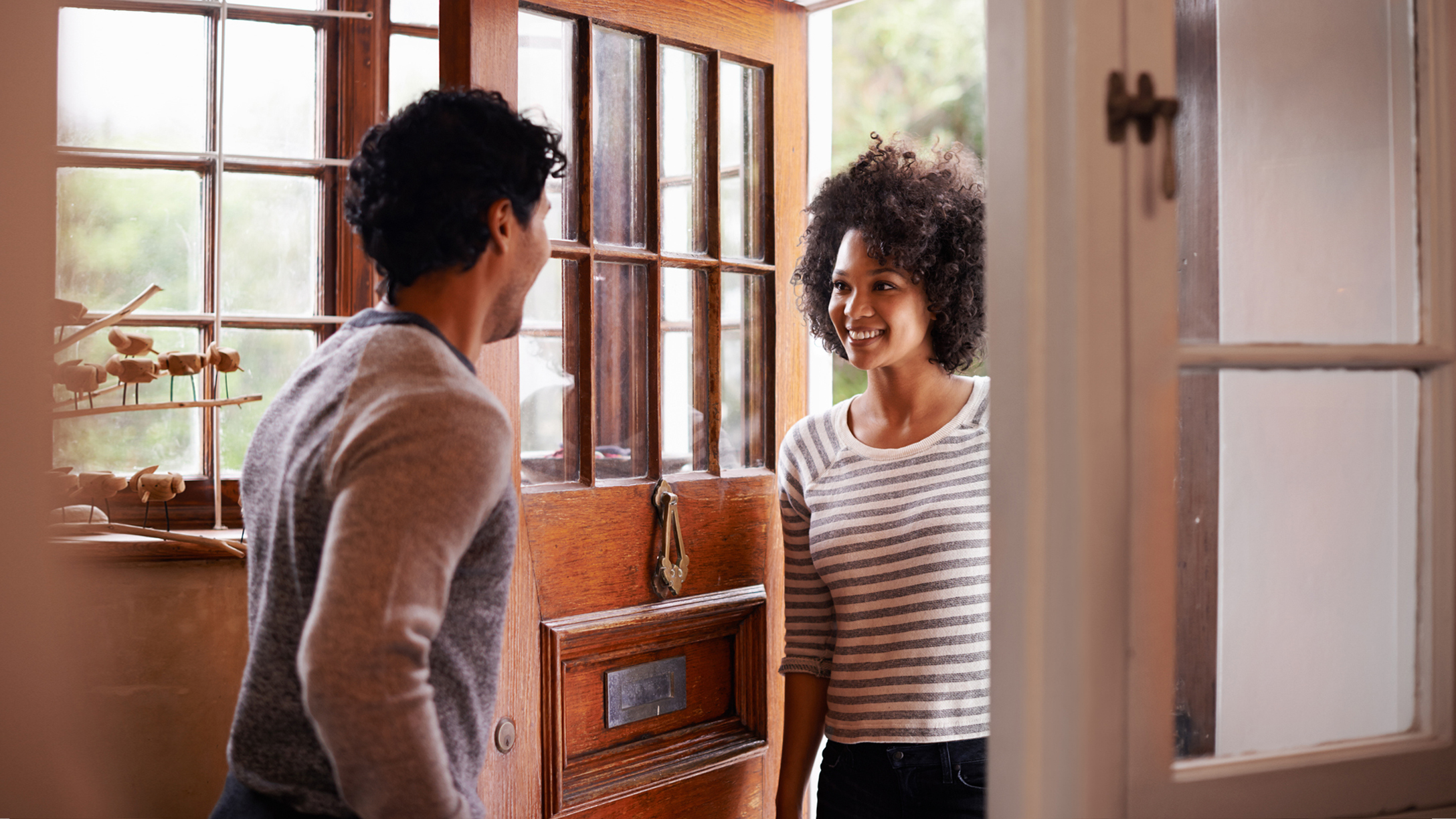
In this article
The COVID-19 pandemic left a lot of us desperate for social interaction. The isolation, the social distancing, the lack of celebrations for milestone events, have all taken a toll and left us wondering, Is it safe to have guests in our home again? Even introverts who avoided social situations prior to March 2020 are now finding themselves eager to see friends and loved ones again — and not just over Zoom!
Many of us also put off much-needed work around the house and are now becoming more comfortable with the thought of having repair work done at our home or other workers return. If you’re planning on opening your doors to guests or workers anytime soon, we have 5 tips for having people in your home again.
CDC recommendations for having people in your home
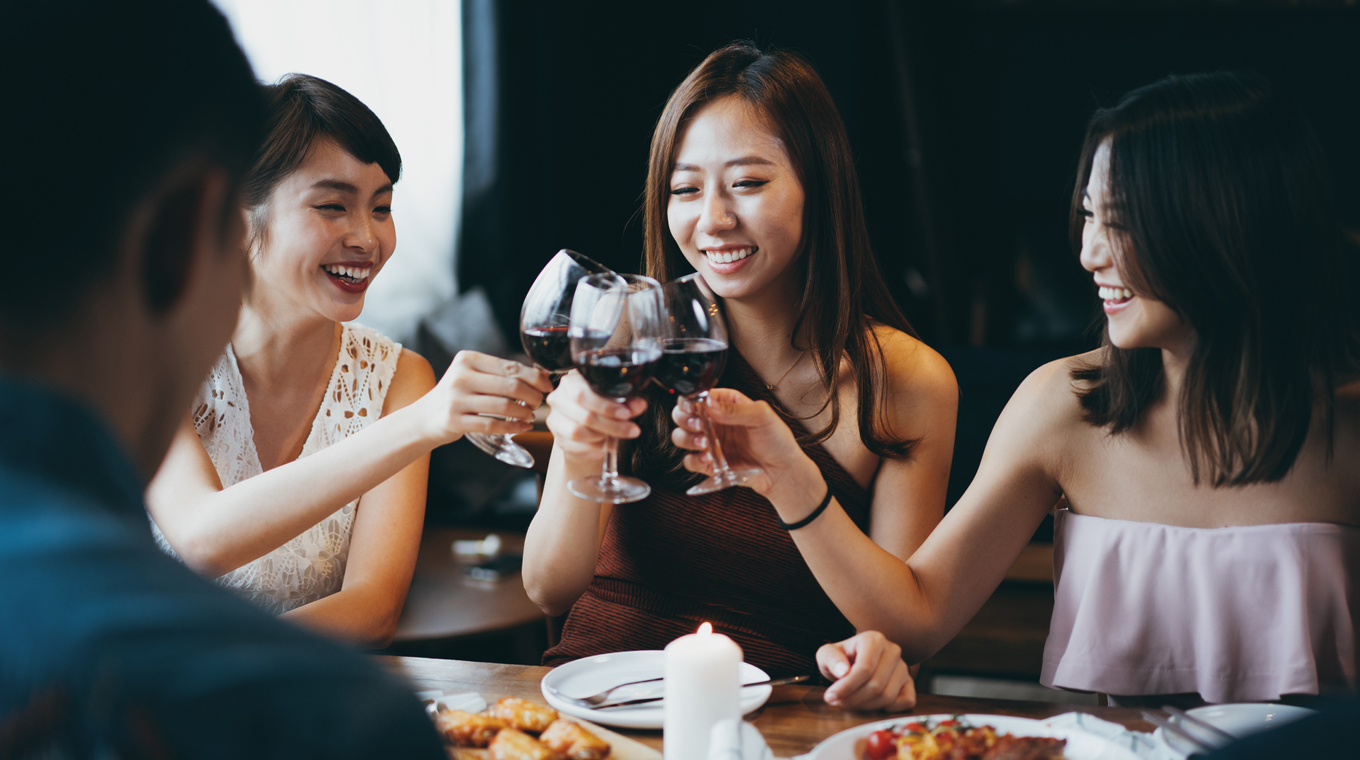
Now that there are COVID-19 vaccines available to all Americans aged 12 and up, life for fully vaccinated individuals has become more relaxed. The Centers for Disease Control and Prevention has issued new suggested guidelines for daily activities which states that, “Fully vaccinated people can resume activities without wearing a mask or physically distancing, except where required by federal, state, local, tribal, or territorial laws, rules, and regulations, including local business and workplace guidance.”
But with the COVID delta variant spreading rapidly, the World Health Organization — and many local health departments like the one in Los Angeles — now recommend that even those who are fully vaccinated wear masks indoors.
With all of the uncertainty, here are some precautions to take.
Should you have people in your home who aren't vaccinated?
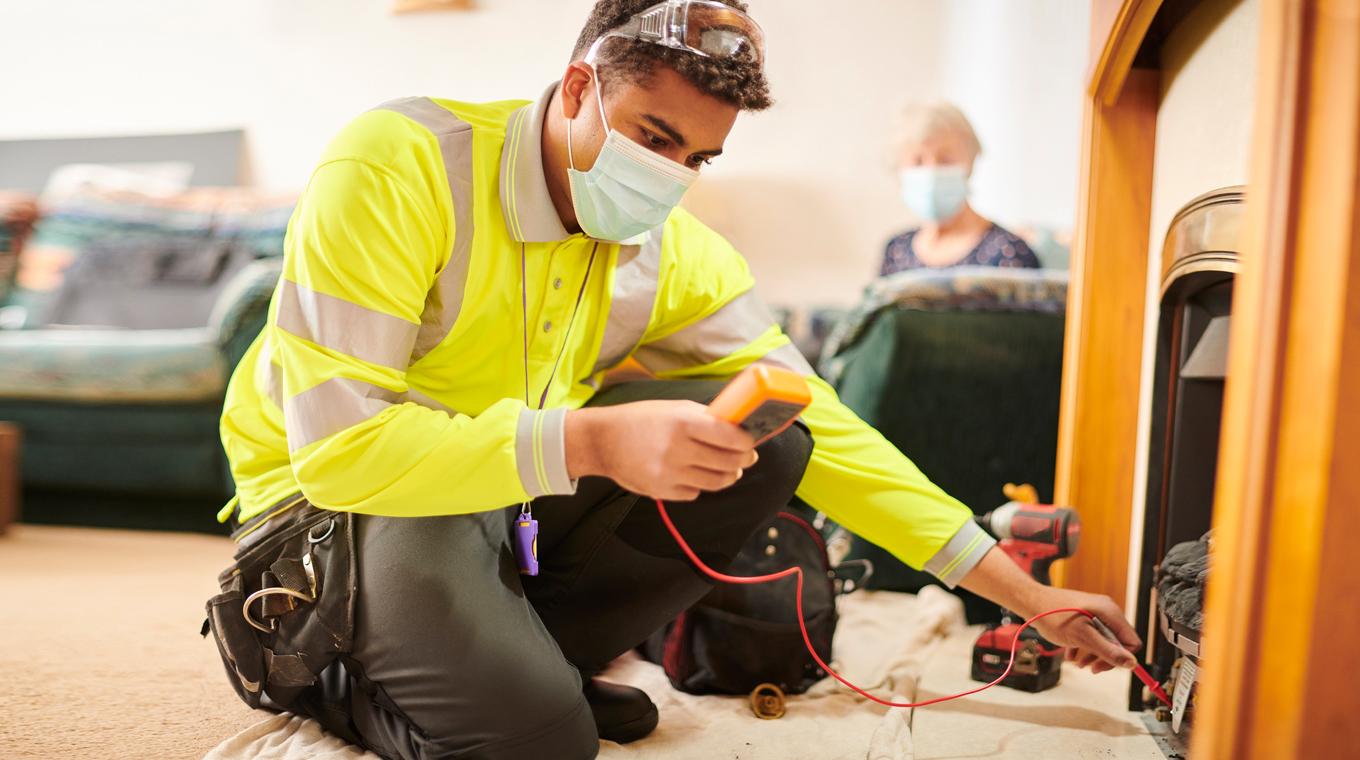
Is your Aunt Patty strongly against vaccinations? Are you hiring an electrician to replace some light fixtures and are unsure of his vaccination status? Is your best friend pregnant and waiting until after birth to get her vaccine? If you are planning on having anyone in your home, it’s important that you understand their vaccination status so you can assess your risk of exposure.
According to the CDC, no unvaccinated individual should enter a small, indoor space with others unless they are wearing a mask and social distancing. Even then, the risk of contracting or passing along COVID-19 is still present.
If you do not feel comfortable asking someone their vaccination status — or you’ve asked and they told you they are unvaccinated — it’s imperative that you consider the risk and decide for yourself if you are comfortable having them in your home, especially with the threat of the highly transmittable delta variant looming.
How to prepare for having people in your home post-COVID
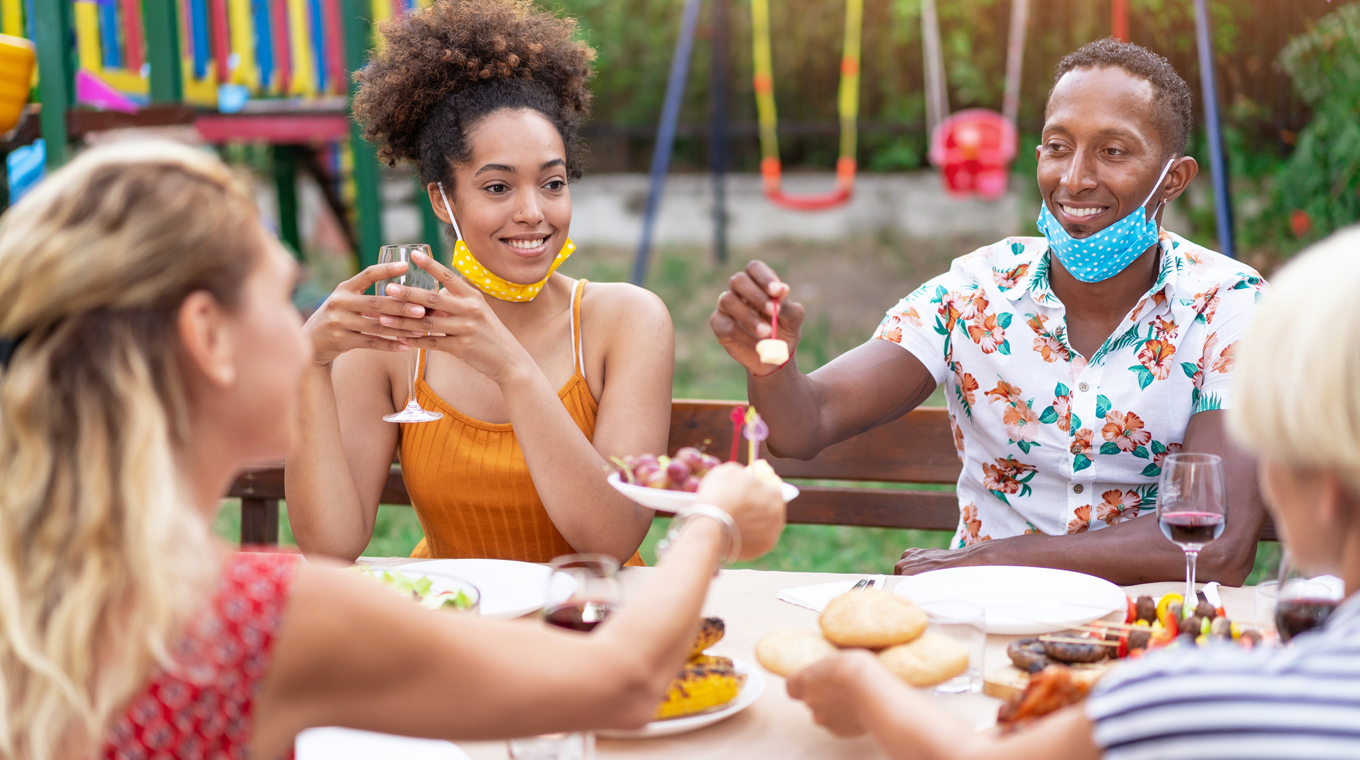
1. For social gatherings, start (very) small
If you’re having people in your home, it’s a good idea to keep your gathering small. Don’t overcrowd your space, or your guests. Even fully vaccinated individuals are uncomfortable being in large groups of people after the events of the last year. Rather than hosting everyone you know, start with your closest friends and loved ones. And better yet, keep the festivities outside.
2. For workers, know who will be coming to your home
If you’re hiring workers for a home project, make sure you ask in advance how many people are on their team so you know what to expect.
3. Provide a COVID-friendly workspace
Whether you’re having one handyman over to fix a squeaky floorboard or a whole renovation team to make over your bathroom, you want to provide a COVID-friendly work environment for them and your family. When discussing the project in person, be sure to maintain social distancing or ask to step outside.
Other accommodations you can make include: Designating a bathroom they can use each day, mandating indoor mask-wearing, keeping the windows open, and limiting the space they have access to. At the beginning and end of each day, it’s also a good idea to sanitize commonly touched surfaces so as not to spread any germs to your family.
4. Have honest conversations about vaccination status
Vaccination status can be a difficult topic, depending on the audience. Some are very open with their stance, others find it quite triggering. But inviting guests or workers into your home is personal, and it can potentially put your life or the life of your loved ones at risk.
When approaching the topic, be mindful to avoid making the other person feel uncomfortable or defensive. Just as it is their right not to be vaccinated, it’s also your right to assess your personal safety and comfort before allowing someone into your home.
If you don’t feel comfortable asking guests about their vaccination status, it’s good to have a back-up plan that you’re comfortable with. New York mom Amanda R is currently overseeing a home renovation. When it comes to workers, she doesn’t ask them their vaccination status outright but instead has the same rule for all.
“I’m still very selective about who enters our home,” Amanda tells Mom.com. “I ask that any workers wear a mask regardless of their vaccinations out of an abundance of caution.”
5. Make sure you (and your guests) are comfortable
Hosting a gathering post-COVID is definitely different than the ol’ days. Whereas food, music, and ambiance are still incredibly important, there are now a few more things you may want to keep in mind. Some good considerations of a COVID-friendly gathering include: providing hand sanitizer and soap at every sink, extra masks for guests, non-communal appetizers (no hands in the chip bowl!), and plenty of spaced-out seating. Trust us, these touches will not go unappreciated.
In addition, be transparent with your guests ahead of time about what safety precautions you have taken to ensure a healthy environment for your gathering. Be clear about how many people will be in attendance and if any are unvaccinated. After all, everyone has different levels of comfort.
Kait B told Mom.com that her biggest pet peeve post-COVID is when hosts are not transparent. She describes on event in particular that has stuck with her.
“My family was invited to a party that I thought was going to be very intimate — just those in our bubble. But when we arrived, we learned that the host was throwing the party with three other families — and each of their families and guests,” Kait said. “What I thought was a small event of all vaccinated adults (and unvaccinated children in our bubble) was actually a much larger event. I had no idea who was vaccinated and who was not and felt very uncomfortable.”
6. Stay informed
Check your local and state COVID guidelines often, which seem to be changing daily — sometimes hourly — with the increasing concerns about the delta variant. What might seem perfectly safe today might go against your local health department’s guidelines tomorrow, and you may have to cancel that gathering. But of course it’s better to be safe — than sick.

